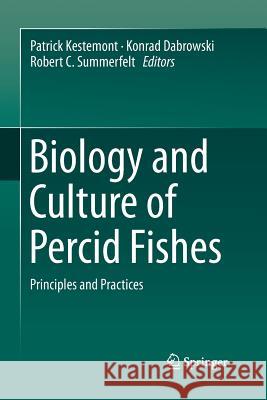Biology and Culture of Percid Fishes: Principles and Practices » książka
topmenu
Biology and Culture of Percid Fishes: Principles and Practices
ISBN-13: 9789402404166 / Angielski / Miękka / 2016 / 901 str.
Kategorie:
Kategorie BISAC:
Wydawca:
Springer
Język:
Angielski
ISBN-13:
9789402404166
Rok wydania:
2016
Wydanie:
Softcover Repri
Ilość stron:
901
Waga:
1.25 kg
Wymiary:
23.39 x 15.6 x 4.62
Oprawa:
Miękka
Wolumenów:
01
Dodatkowe informacje:
Wydanie ilustrowane











